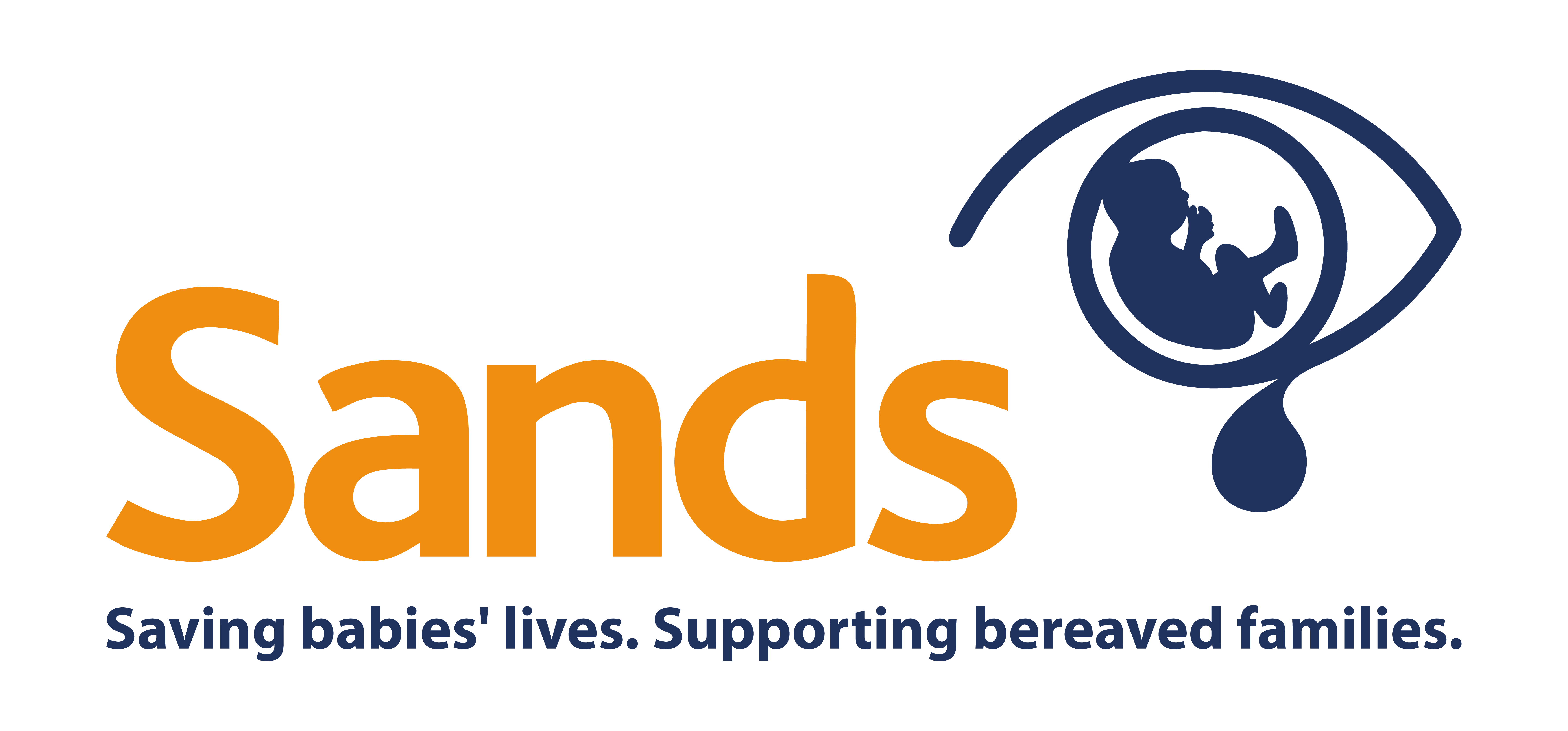Exploring how environmental exposures during pregnancy, such as sunlight, temperature, and air pollution, influence the risk of stillbirth.
This research, funded by Sands, aims to understand the relationship between environmental factors a woman encounters during pregnancy and the potential risk of stillbirth. With over half of stillbirths remaining unexplained, it's crucial to identify new risk factors and understand how they might affect the health of both the mother and the baby.
More information
Why do we need this research?
Many stillbirths remain unexplained. Understanding potential environmental effects on the health of mum and baby during pregnancy is crucial to improve stillbirth prevention and provide better care. Building on previous work, this research aims to see if environmental factors such as exposure to sunlight, high or low temperatures and levels of air pollution experienced during pregnancy might play a role in influencing the risk of stillbirth.
What are the aims of this study?
The main goal of this study is to find out how environmental factors, such as sunlight exposure, temperature variations, and air pollution levels, during pregnancy might influence the health outcomes of the mother and baby, especially the risk of stillbirth.
What will the researchers do?
Researchers will link information from Scottish health records to corresponding environmental records, creating a comprehensive database. This approach will allow them to study the effects of environmental factors on pregnancy outcomes. This linked data will then be analysed to see if there are any patterns between the sunlight levels, temperatures and air pollution levels in the environmental records and the pregnancy outcomes in the health records.
What do we expect from the study?
The findings from this study are expected to enhance our understanding of potential risk factors for stillbirth, leading to better public health guidance for pregnant women. If significant associations are discovered, further studies can be initiated to delve deeper into these connections. The results will be invaluable for areas with high pollution levels, offering targeted public health interventions. By measuring the impact of environmental exposures, we can measure the potential number of stillbirths caused by these factors. The outcomes will also assist clinicians in identifying pregnancies at higher risk of stillbirth.
Additional information:
Lead researcher – Sarah Murray
Institution – Edinburgh University
Funder – Sands
Duration – 2023 - ongoing
